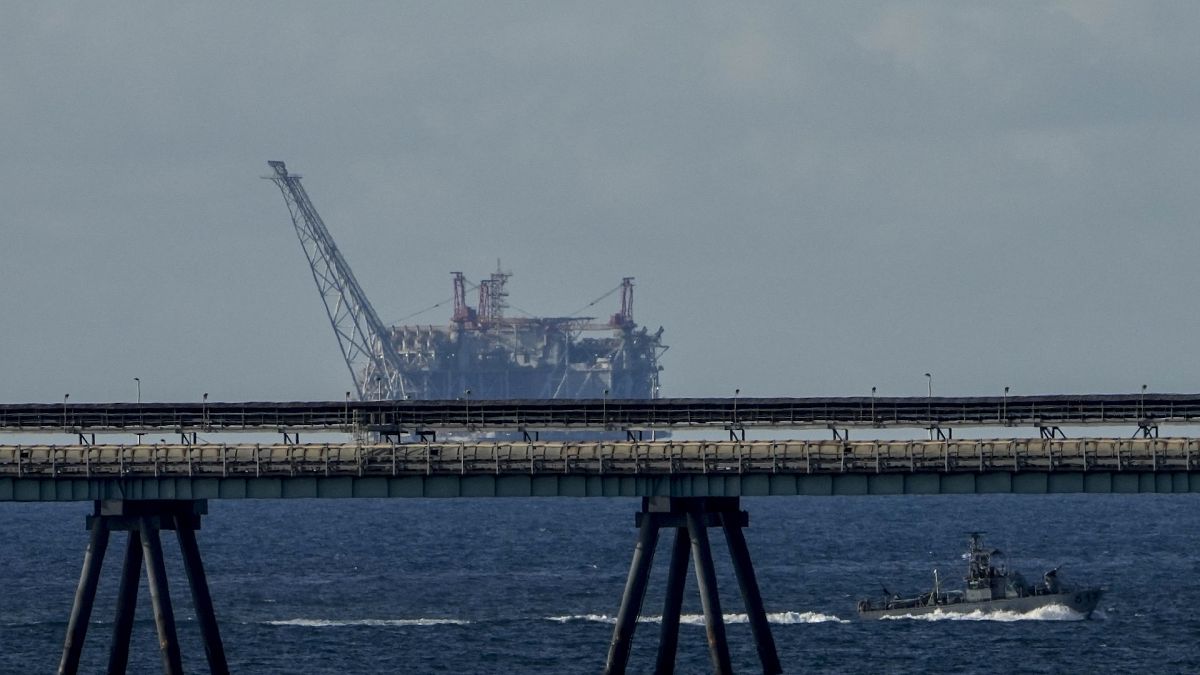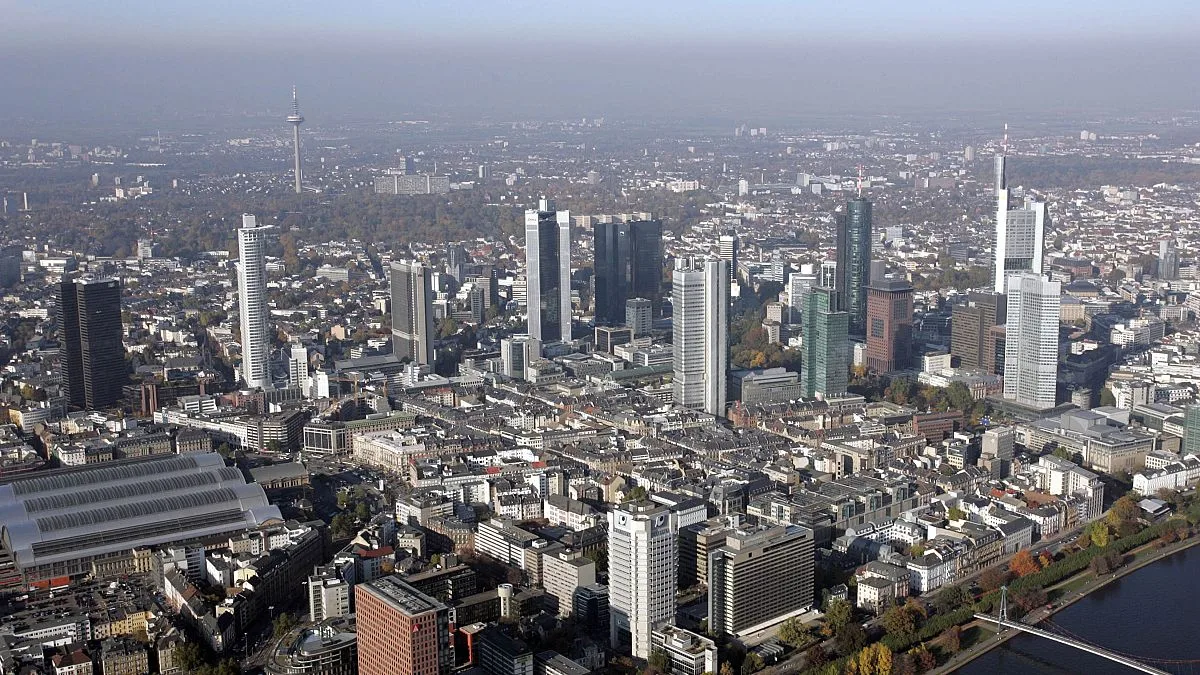Crude oil markets are currently under downward pressure due to disappointing manufacturing and services data emerging from key global economies. While escalating conflicts in the Middle East and fresh stimulus measures from China have provided a modicum of support, the overall market sentiment remains cautious.
On Monday, crude oil prices experienced a dip following the release of weak manufacturing and services Purchasing Managers’ Index (PMI) data from both Europe and the United States. These PMIs, which are indicators sourced from surveys of purchasing managers, reflect current business conditions and give insight into the overall economic landscape.
West Texas Intermediate (WTI) futures fell by 0.6%, while Brent crude futures saw a more significant dip of 1.5%, as fears surrounding a potential economic downturn in major markets weighed heavily on investor confidence. However, fears of escalating military tensions between Israel and Hezbollah did bolster oil prices, causing them to recover from lower intraday marks.
In the Asian trading session on Tuesday, both WTI and Brent crude futures rebounded, with WTI climbing 1.07% to $71.12 per barrel and Brent up 0.93% to $73.89 per barrel as of 6:24 am CEST, buoyed by a series of stimulus initiatives announced by Beijing. Nevertheless, experts suggest that this price recovery may not last, considering China’s persistent weak demand.
Global PMIs Show Declines
Flash data from S&P Global indicates a notable downturn in activity within the eurozone’s private sector for September, with both manufacturing and services PMIs declining in France and Germany. The French services sector has notably returned to contraction after a temporary boost from the Olympics in August, recording its sharpest drop since January. Germany’s manufacturing and services sectors also showed accelerated contractions, hinting at deteriorating business conditions.
Moreover, weaker-than-expected manufacturing output has been reported in both the UK and the US this month, contributing to a bleak outlook for oil demand. Given that the manufacturing sector is energy-intensive and heavily reliant on oil, these drops could significantly impact oil consumption globally.
China’s Economic Challenges
As the world’s largest oil importer, China continues to face serious economic obstacles. Recent statistics reveal that both the consumer price index (CPI) and imports grew at a slower rate than anticipated in August, implying ongoing sluggish domestic demand. Major economic indicators, such as retail sales and industrial output, have similarly fallen short of forecasts.
Adding to these concerns is China’s strategic pivot toward low-carbon alternatives, which has dampened future oil demand projections. According to Goldman Sachs, the nation’s annual oil demand is expected to decrease to around 200,000 barrels per day, which is more than half of pre-pandemic levels. Additionally, a Bloomberg report highlighted that the share of new heavy-duty trucks sold in China running on liquefied natural gas has jumped to one in three, up from one in eight just a year prior.
In response to these economic headwinds, the People’s Bank of China (PBOC) announced a range of measures on Tuesday aimed at supporting the economy, which revived risk appetite across Asia and lent some much-needed support to crude prices. The PBOC unveiled plans to lower the reserve requirement ratio (RRR) by 0.5% and reduce the seven-day repo rate by 0.2%.
However, for any sustained increase in oil prices, tangible economic growth will be necessary as these measures begin to take effect.
Escalating Military Conflicts in the Middle East
On a different note, mounting military conflicts in the Middle East have heightened concerns about potential supply disruptions, leading to some rebound in oil prices. Nonetheless, economic uncertainties have largely overshadowed these geopolitical tensions, keeping oil prices relatively stable for the time being.
Recently, Israel launched airstrikes on southern Lebanon, resulting in numerous casualties, with nearly 500 fatalities and 1,650 injuries reported. The ongoing conflict between Israel and Hamas in Gaza has extended to include clashes with the Iran-backed Lebanese group, marking a significant escalation that could threaten to spill over into a larger regional conflict.
Photo credit & article inspired by: Euronews



